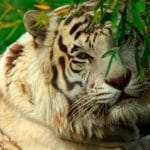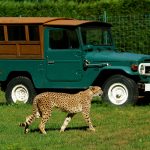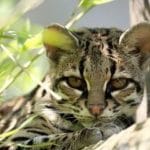Le Domaine des Fauves
The zoo up close to the predators
A zoological park, with a family dimension, presenting the largest collection of furry and feathered predators in the Auvergne Rhône-Alpes region.
Domaine des Fauves is 55 minutes from Lyon, 55 minutes from Grenoble and 35 minutes from Chambéry.
The park allows you to travel around the world in a few hours and over a few hectares!
The zoo presents fascinating animals such as lions, white tigers, jaguars, wolves, cheetahs… and also little-known or sometimes threatened animals. This is an opportunity to learn more about the animal world in order to better protect it!
Each of us is an actor in the protection of nature, let’s act together for biodiversity!
This clip was directed by Olivier Riethauser of High5prod.
50 years...and beyond
2025 … already 57 years old
It is with the past that the present builds the future…
It was more than 50 years ago that a small, highly motivated team decided to set up in the small village of Fitilieu, in order to present felines to the public. With the limited means of the time, the intentions were nevertheless those of today: to make known, to understand andto preservethese often threatened animal species throughout the world.
It took time, courage and perseverance to build and shape this family-sized zoo, which features the world’s biggest cats.
More than 50 years later, the Domaine des Fauves is welcoming more and more visitors, and changing dimension… Its will is still the same: preserve and safeguard, thanks to knowledge !
The Park offers you somefabulous new products!
These creations and innovations will be part of an even more participative and interactive approach, to better ensure our educational role, and finally to affirm what WE are: animal defenders!
The Domaine des Fauvesis a private establishment, and it is exclusively thanks to the public that it functions, and that innovative and original installations are set up each year.
THANK YOU!
All information will be posted on the website under the heading “The Park”, on our FB page (facebook access) and of course at the Park entrance.
History
Over 50 years of storytelling
1968
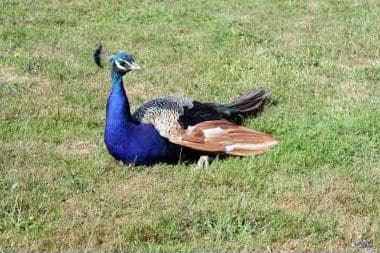
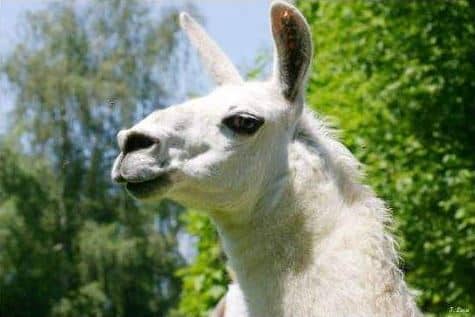
1976
1986
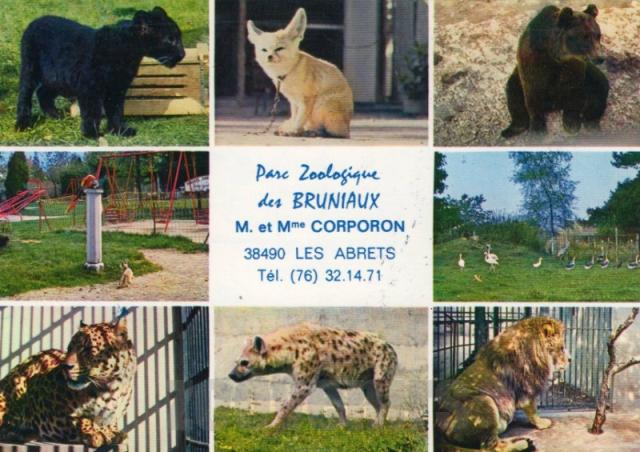
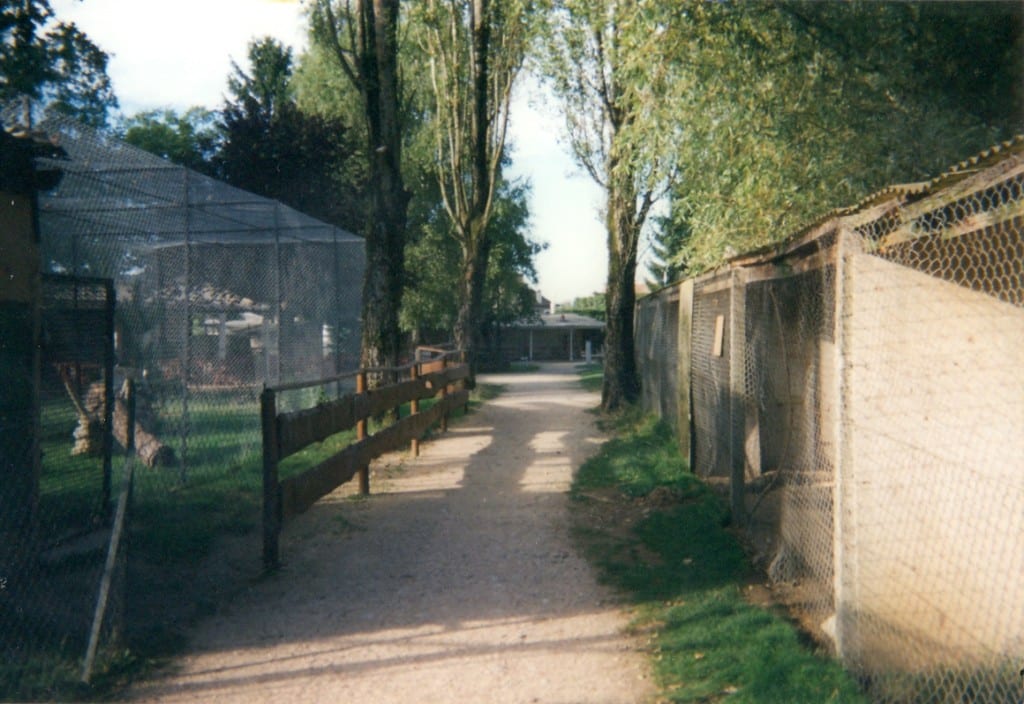
1996
1999
Marc Muguetinitially worked at the Amiens Zoo (France) where he was involved in snake breeding. He soon moved the last four chimpanzees to other zoos and began work. The director of the latter, Pierre Thivillon, sponsored him when he took over the Zoo des Abrets, which then became : Le Domaine des Fauves!
Marc, wishing to invest himself more particularly in the presentation of these animals, redevelops the park step by step… Carrying out consequent renovations: new installations are built, the site is planted, the paths and the enclosures are decorated with rocks… etc.
The Domaine des Fauvesthen contacted the coordinators of European breeding programmes and several other French parks, in order to welcome new species, and numerous projects were set up.
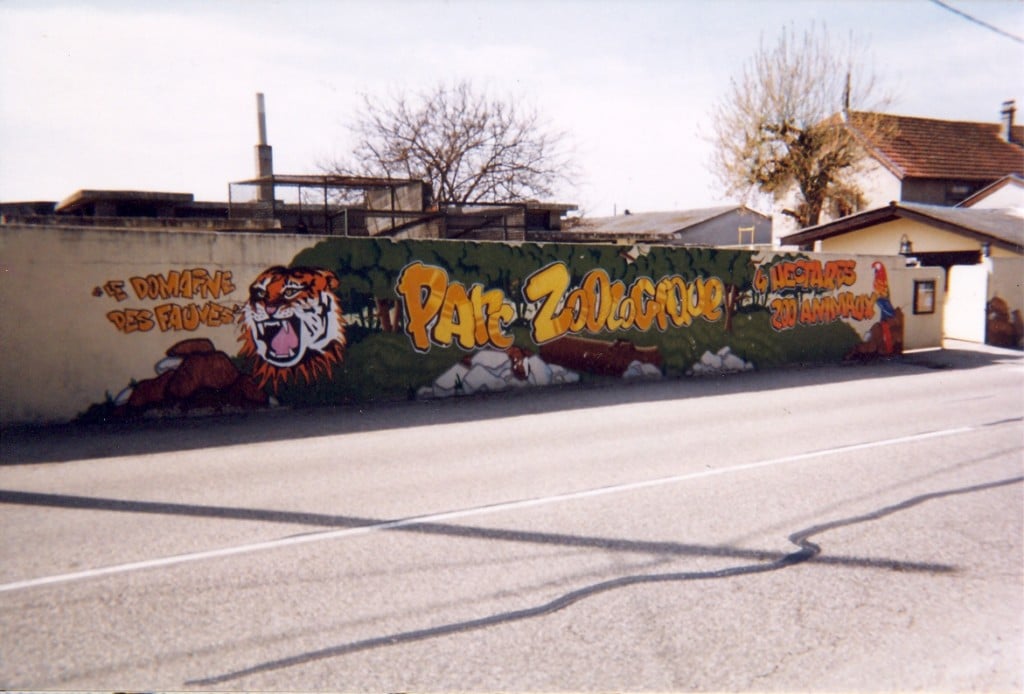
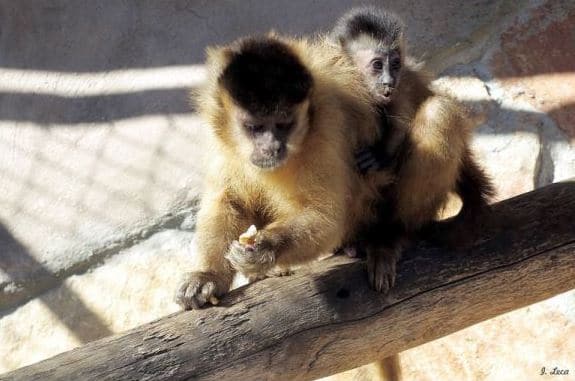
2001
2002
L’année fut consacrée à la construction de l’enclos des marabouts, la restructuration de l’entrée du zoo, la création d’un enclos pour ratons laveurs, d’un autre pour les servals et de quelques volières.
Depuis, chaque année est marquée par la réalisation de nouveaux enclos, de nouvelles volières, le déménagement de certaines des espèces et l’arrivée de nouveaux animaux.
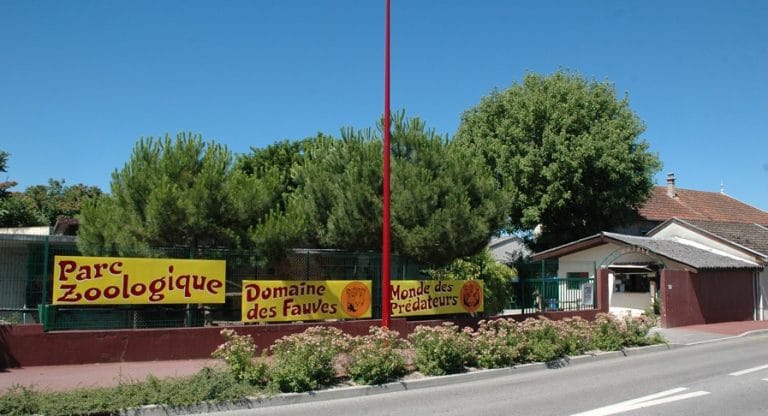
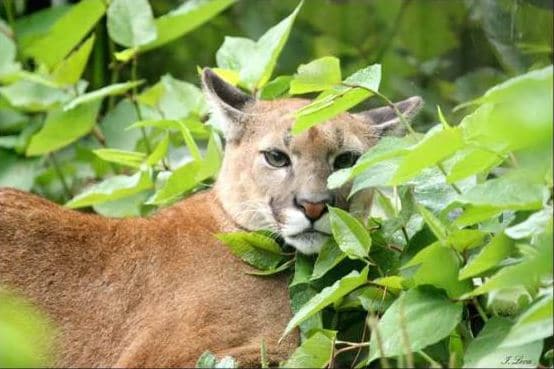
2003
2005
Four European wolves were housed and displayed in one of the old bear pits, pending the construction of their new enclosure.
This was planned for an area of 1,000 m² on the land acquired in 2003 and was built throughout 2005, depending on the time and resources available.
The former Canadian wolf enclosure had been completely restructured a short time earlier. In 2005: a pair of wild dogs was also welcomed, and the arrival of meerkats, installed in a new enclosure next to the lion building, is to be noted.
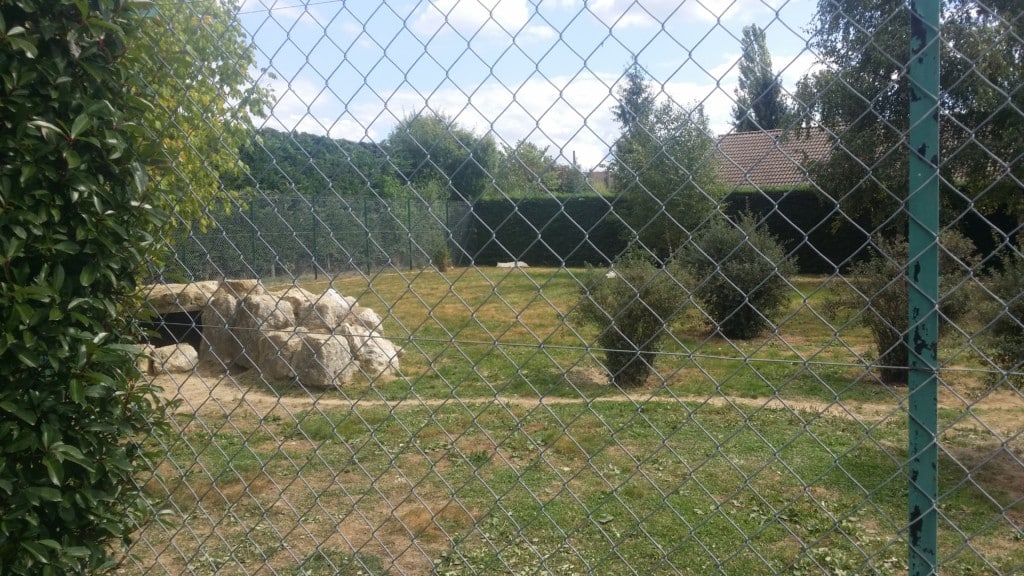
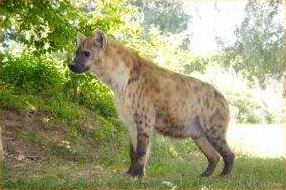
2006
The European wolves, who had arrived a year earlier, finally discovered their brand new enclosure. The new Siberian lynx enclosure was also completed in the summer. Spotted hyenas and a brown hyena, an uncommon species in captivity, were also welcomed to the park.
2008
The yearwas marked by a new development with the arrival of four species of nocturnal raptors, including a pair of Leptogramma Owls.
In ten years, Marc Muguet and his team have really transformed this small provincial zoological park into a theme zoo!
The park has become very pleasant to visit, the paths are clean, planted and maintained.
Many new enclosures have been erected, most of them of a reasonable size and well designed, and very few old structures remain. The animal collection has also been superbly expanded with many species of small cats, canids, but also nocturnal and diurnal birds of prey, including several species of vultures. In recent years, a number of species in PEE and BSE have also been welcomed, including Jaguarondis (arrived in 2008), Sand and Viper Cats (arrived in 2010), Manuls, Otocyons and Striped Hyenas (all arrived in 2011).
Successful breeding of both small cats and raptors is now regular at Les Abrets.

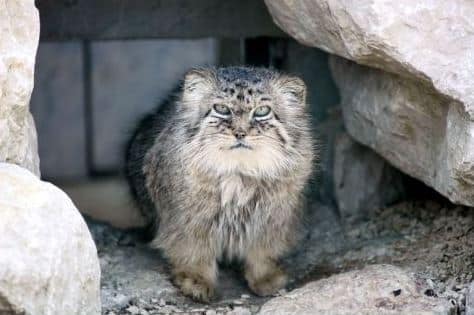

2012
L’année aura été une année riche en travaux avec la construction d’un nouvel enclos pour accueillir un couple de tigres blancs, la réhabilitation de l’ancien enclos de la panthère en espace pour les coatis, la construction d’une volière sud-américaine qui abritera notamment deux couples d’Urubus à tête jaune, la construction d’une volière pour les corbeaux pie, la construction d’un nouvel enclos pour les chats pêcheurs et le début des travaux d’un nouvel enclos pour les caracals.
2013
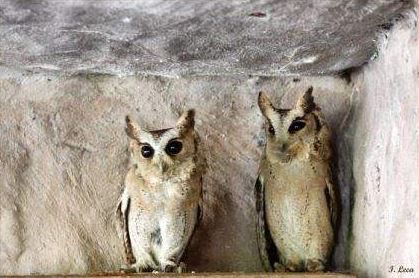
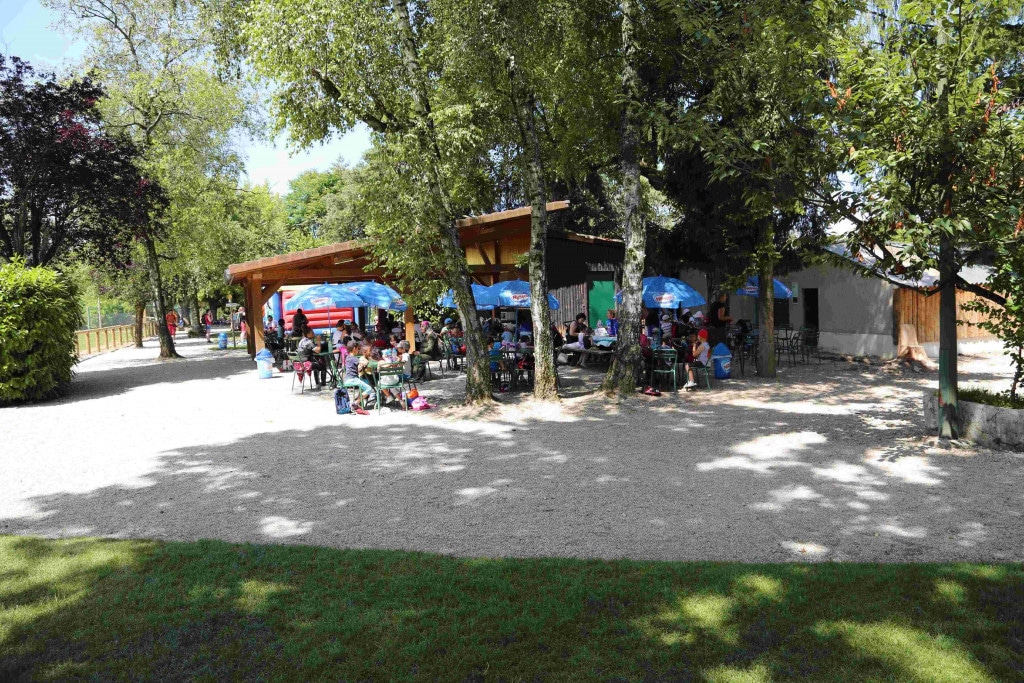
2014
It is the creation of a snack bar, in order to better satisfy the visitors and the construction of an enclosure which will welcome a magnificent Nebula Panther.
2015
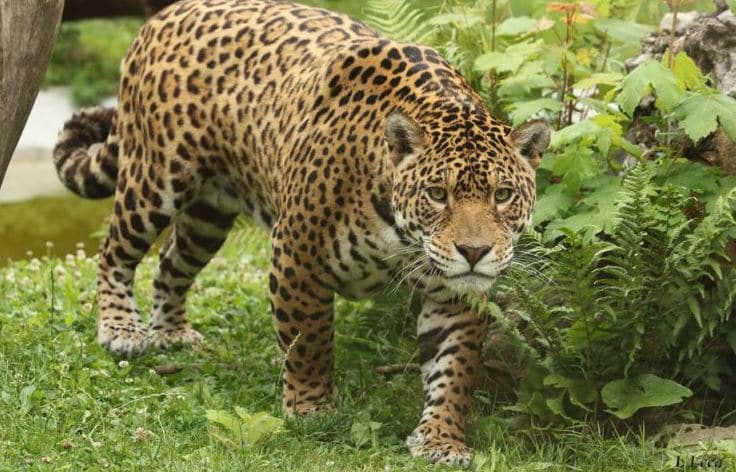
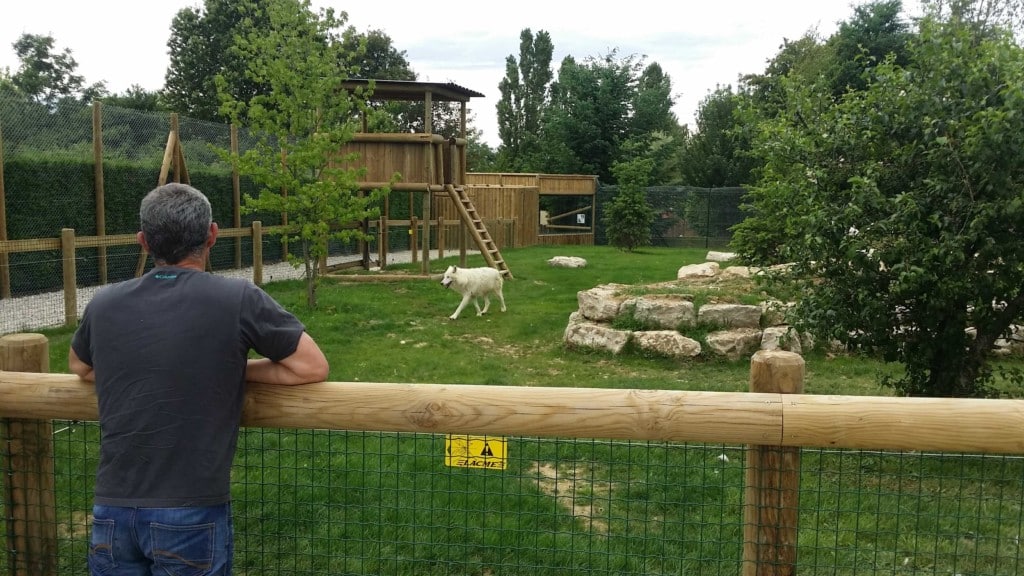
2016
Un changement majeur dans l’histoire du zoo, puisque Le Domaine des Fauves est racheté par Jacques-Olivier Travers (propriétaire et directeur du Parc animalier Les Aigles du Léman
en Haute-Savoie).
During the year, the famous wolf Territory is inaugurated, a unique space where visitors have the privilege to enter the territory of this mythical predator! New and unknown species are welcomed: Geoffroy’s cat, Tayra, Royal Buzzard.
Finally, 2016 will be marked by a beautiful pink book with the birth of many felines and birds of prey, as well as 5 Canada Wolves and 4 rare Wild Dogs which is exceptional !
2017
The renovation of the Lions’ enclosure has been completed.
The territory of the “King of Animals” benefits from the latest techniques in zoology: a presentation at the same level as the visitors behind large glass windows weighing 350kg each, and nearly 100 tons of rocks are present.
With these installations, Le Domaine des Fauves offers a striking experience: to be a few centimetres away from one of the most dangerous predators on the planet.
The mini-farm “Graines de Fermiers”opens its doors and welcomes its animals (rabbits, sheep, guinea pigs, chickens) and its sensory games.
The Cheetah enclosure is ready and waiting for its new recruitss. Important event in the enrichment of the zoo’s predator collection. The spotted hyenas have successfully integrated their new enclosure.
2017 was a year of considerable progress, both in the realisation of considerable works concerning the transformation and renovation of the enclosures, and in the realisation of infrastructures for the comfort of our visitors: opening of a self-service restaurant, enlargement and new layout of the shop.
Some parts of the park still need renovation, in line with our desire to modernise: while continuing the impetus given years ago, the aim of the zoo’s management is to achieve a global renovation objective in 5 years.
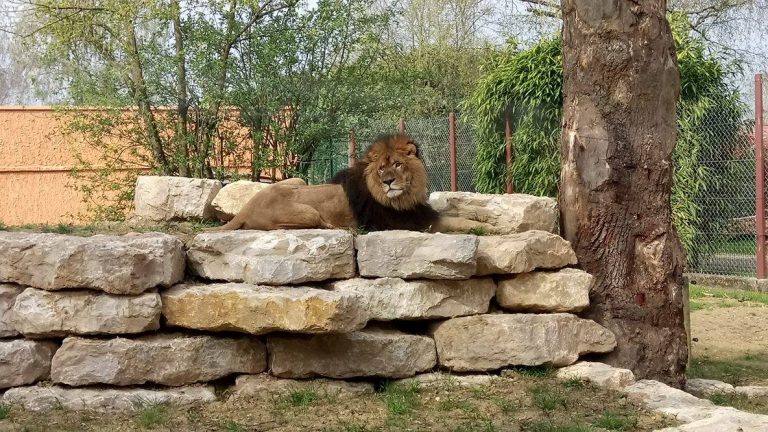
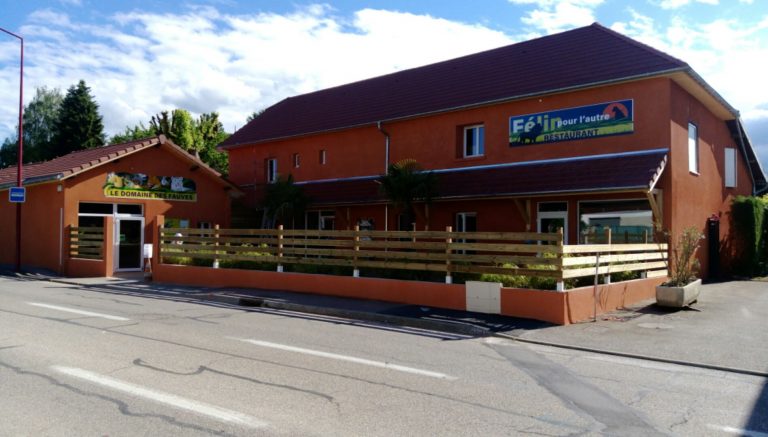
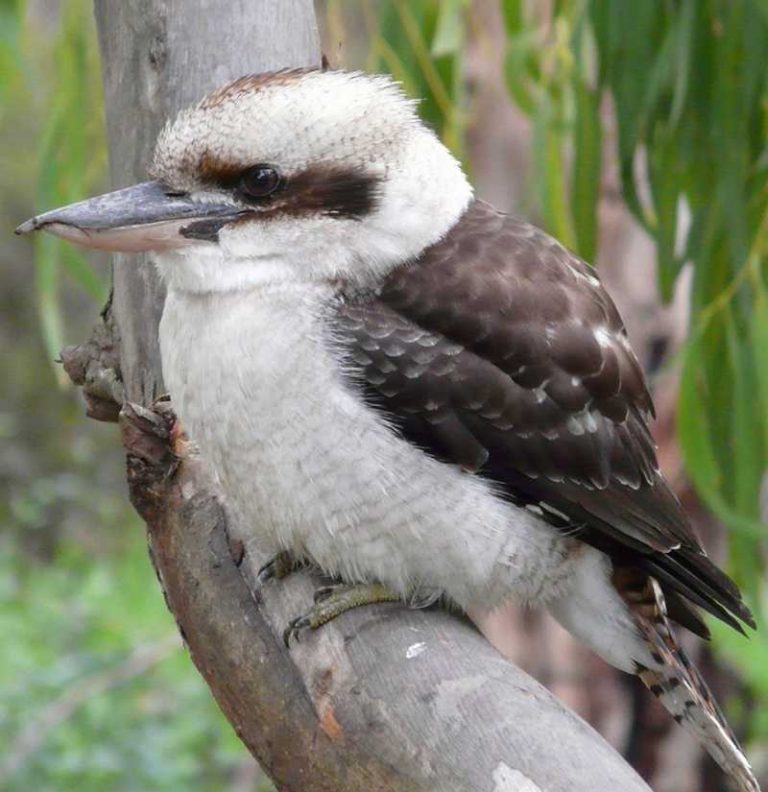
2018 : Domaine des Fauves is 50 years old!
50 years later, the park welcomes more than 70,000 visitors per year and is changing in size… Its aim is still the same:to preserve and safeguard through knowledge!
Its positioning and communication axis is as follows: The Zoo as close as possible to predators!
The new season sees: a unique show “Predators of the Skies” with birds – stork, owl, kookaburra, raven and the inauguration of an unusual Lodge in the park and alongside… wolves!
The Domaine des Fauveswishes to offer a unique experience to the public, by encouraging a feeling of ever greater proximity to the predators: observe the lions up close, admire the carnivorous birds, eat in front of the jaguars, sleep with the wolves ….
These innovations are part of an even more participatory and interactive approach, to better ensure our role of education through entertainment.
The Domaine des Fauveswishes to celebrate its 50th anniversary with the public…
2019 – 2020
As of 2019, the park now has two lodges facing the Macenzie wolves: the Yellowstone lodge and the Great Northlodge.
These Lodges are ideally positioned, an opportunity to immerse yourself in the daily life of these fascinating animals day and night. To be seen and heard!
- Arrival of a pair of black leopards.
- Extension of the snack bar “Le Bivouac” with its brand new covered room, air-conditioned in summer and heated in autumn, in front of our hyena enclosure.
- New for 2020:“The city of meerkats”, the desert sentinel.
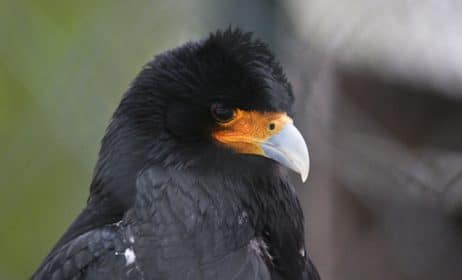
2021: completion of "La Tour des Vautours" (The Vulture Tower)
Take the time to observe!
An island with various birds: vultures, kites, caracaras, etc. A place of observation for our visitors and a place of study for us, park professionals, on the behaviour of these individuals whose objective is to reproduce in a protected environment and thus ensure the perpetuation of these species.
Our values: Taking the time to respect the animal world to maintain its existence.
To stop, observe, contemplate a way of life, behaviours in an adapted and authentic environment. Wood is the material used par excellence as the main element in the spirit of nature that reigns in our new structure but also a pond, perches and a place dedicated to breeding. Thinking about aviary means, above all, getting as close as possible to the standards of life of our birds.
And why not: BECOME birds!
2022: We start the year 2022 with a lot of news!
- Arrival at the end of January of a female forest catfrom Pescheray Park. Her name is Kissa and she was born in July 2021. It is the only wild cat living on French territory. This species is little known in zoos.
- A new animal buildingwith ecologically friendly materials: wood fibre insulation, compressed and cellulose wadding. Made by a qualified architect in sustainable development. The priority being the care and well-being of our animals, the objective is to have optimal conditions for our animal handlers to take care of their animals.
- For our visitors: new, more suitable and comfortable toilets and a separate room for changing babies.
-
New games forchildren aged 2-6 and 5-12, adapted to current standards for their safety: slide, climbing wall, super safari car!
-
Creation of educational panels for our public to learn about the animals and how to protect them.
-
Redesign of our website: new design, more dynamic, more interactive with the possibility to book your tickets online. In collaboration with the company Komix.
- New puma paddock:Extensive work was carried out using natural materials: wood with trunks, the largest of which is over 12 metres long.
Riprap weighing 120 tonnes is made up of massive pebbles and boulders.
The paddock is planted with around fifty species of plants reminiscent of North America.
The lodge, which houses our animals at night, is made up of 3 boxes that meet today’s high security standards.
9 panes of glass representing 40 m2 of glazed surface area provide privileged viewing points without disturbing the animals. These SP10 anti-breach lenses are extremely armoured and unbreakable, weighing from 80 kg to 119 kg for the largest models.
2023: big changes !
- A new entrance to Le Domaine des Fauves zoo, in place of the monkey building, we decided to create an entrance reflecting the zoo’s theme of furry and feathered carnivores. Against a backdrop of plants and minerals, we came up with the idea of inserting a pack of wolves to welcome our visitors. Like our ancestors who drew animals on cave walls, animal art seemed to us to be a new challenge. And the meeting with Christian Schneiter was decisive. Bringing art into the animal world is a new page opening for our zoo in an innovative spirit that is part of a strategy to renew our park.
- A new shop , more largest with a wide range of books and souvenirs. Choosing between playing and learning, we play while we learn !
- New ticket office, we are welcoming our visitors in the place of our old restaurant, the space is much larger and more suitable for taking tickets.
- Concerning animals, we have welcomed a couple of Gordoni or wild cats, and we have been delighted to have a beautiful reproduction …
- And a surprise this autumn: the ball pool !
2024: A year full of surprises !
- Arrival of a new species at Le Domaine des Fauves zoo,3 female coyotes took up residence at the zoo on 12/03/2024. They’re charming, a little shy and very beautiful !
- Arrival of Siberian leopard cats, a pair with hopes of reproduction in the coming years.
- Our fishing cats and caracals have been rehoused in completely refurbished enclosures, providing them with superior comfort and well-being.
- Début de chantier de l’enclos des lions.
Conservation
Each park participates in conservation programmes in its own way and with its own resources.
There are two conservation programmes in Europe in which we participate: the EEP and the ESB.
EEP (European Endangered Species Programme)
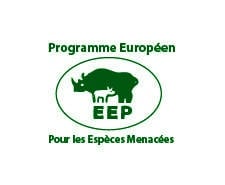 Their aim is to initiate, monitor and advise on the breeding of a threatened (or endangered) species while maintaining its natural characteristics, with a view to its eventual reintroduction into the wild or the reinforcement of the wild population through the addition of zoo bred specimens.
Their aim is to initiate, monitor and advise on the breeding of a threatened (or endangered) species while maintaining its natural characteristics, with a view to its eventual reintroduction into the wild or the reinforcement of the wild population through the addition of zoo bred specimens.
An EEP tracks all animals of a species present in European zoos, and to do this, a species coordinator is in charge of identifying all individuals and creating a register containing the family tree of each animal, as well as any additional information needed for the management and breeding of the species. The coordinator also carries out genetic and demographic analyses and makes breeding recommendations.
Recommendations are issued every year whereby some animals should breed and others should not, some individuals should be transferred from one zoo to another as breeding stock, etc. In order to avoid inbreeding problems, zoos exchange individuals, prevent the reproduction of certain animals that are too inbred, or improve the reproduction of a given population. Similarly, in order to preserve so-called pure lines, in anticipation of reintroduction into the wild, zoos sterilise animals that are not purebred.
ESB ( European StudBook
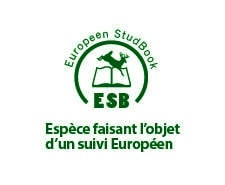
It is a European studbook that constitutes a second level of European breeding programme for endangered species. The studbook keeper, who is responsible for a BSE for a certain species, collects all data on births, deaths and transfers from all EAZA zoos that keep the species in question. These data are fed into specific computer programs that allow the studbook keeper to perform population analyses of the species. Zoos belonging to EAZA may ask the studbook keeper for recommendations for breeding and transfers of animals of the species placed in the studbook.
By collecting and analysing all the information about the species for which he is responsible, the studbook keeper can judge whether everything is going well in European zoos for the species concerned, or whether more rigid management is needed to keep the population healthy in the long term. In this case, the studbook keeper can propose that the species be managed as an EEP programme.
In addition, Le Domaine des Fauves zoo donates 1% of its turnover to in situ conservation and scientific research.
